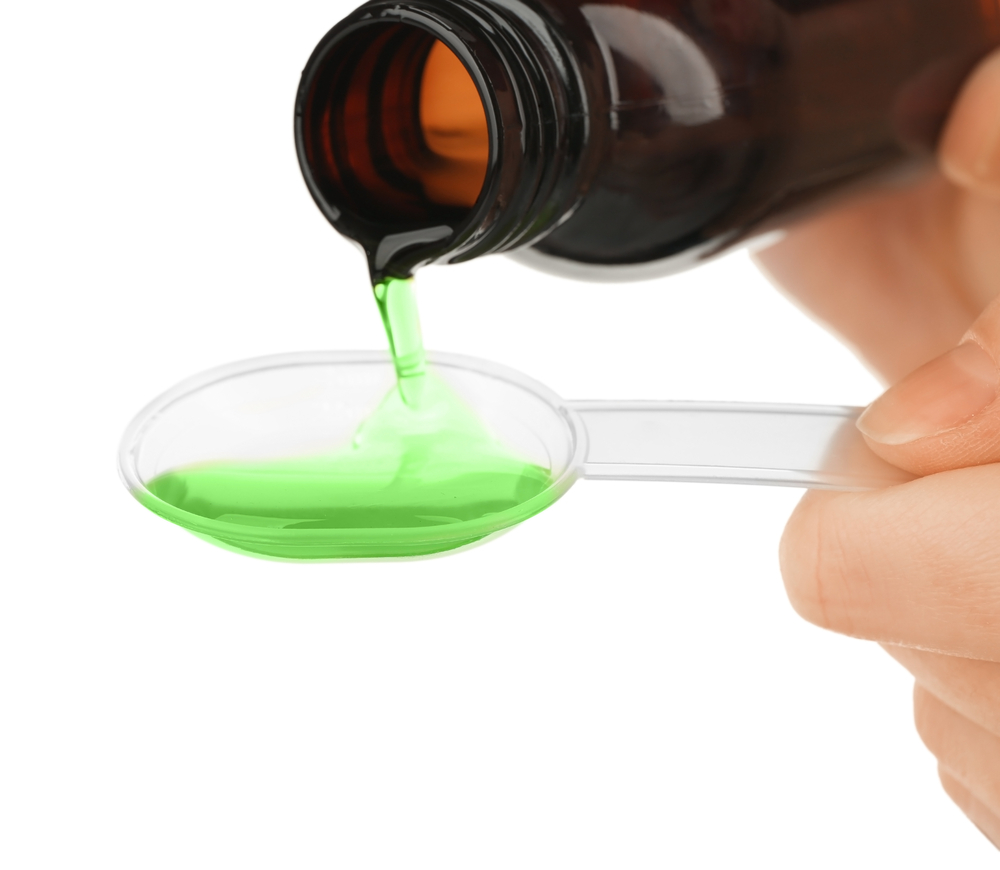Cocktail of Substances Could Burn Fat Build-up That Is Hallmark of Fatty Liver Disease

International researchers have learned how the liver burns fats that accumulate in non-alcoholic fatty liver disease (NAFLD) and type 2 diabetes, and developed a cocktail of substances to trigger the fat-burning process.
“This mixture can potentially decrease the amount of the fat accumulated in the liver,” Dr. Adil Mardinoglu, the first author of the study, said in a press release.
The research, “Personal model‐assisted identification of NAD+ and glutathione metabolism as intervention target in NAFLD,” was published in the journal Molecular Systems Biology.
The team analyzed the metabolic changes caused by accumulated fat in 86 NAFLD patients. They combined this information with data from the Human Protein Atlas effort to identify the precise metabolic changes that an accumulation of fat can trigger in the liver cells of individual patients.
“I am extremely pleased that the resource created through the Human Protein Atlas effort has been used in the analysis of clinical data obtained from NAFLD patients and that this analysis has led to the design of a cocktail of substances that can be used for treatment of this clinically important patient group,” said Dr. Mathias Uhlén, the director of the Human Protein Atlas project and co-author of the study.
Previous work by Mardinoglu and colleagues had shown that NAFLD was associated with low levels of an antioxidant called glutathione.
Researchers hope the cocktail triggers the production of antioxidants and increases the oxidation of fat in the liver. The team found that the cocktail improved liver function in six patients with fatty liver. They are planning a clinical trial this year to see how well the mixture works in people with NAFLD.
The mixture could also help patients with other types of chronic liver disease and type 2 diabetes, the researchers said. That’s because NAFLD and diabetes usually co-exist and interact with each other to generate other health problems.
NAFLD is also linked to such conditions as obesity, insulin resistance, and cardiovascular diseases. Up to a third of people with NAFLD develop non-alcoholic steatohepatitis, a serious condition where the liver becomes inflamed and scarred. This can lead to cirrhosis and cancer of the liver.







